By 2015, the value of counterfeit goods globally is expected to exceed $1.7 trillion, a figure which is 2% of the world’s total current economic output. Apparels and fashion accessories make up the largest share of the fake goods market. Once fake brands were sold from suitcases and in secret. Still, now with technology and skills improving, the quality of the replicas is better than ever and sold in stores more openly, at a significantly lower price. It is estimated that clothing and footwear companies in Europe lose approximately $9.8 billion each year to this market. Some sellers outright admit to selling imitations, but some still try to trick you into thinking that the items are genuine. Therefore, we guess it is better to do your homework before hitting a store and buying your new luxury item, because as Giorgio Armani said, “the difference between style and fashion is quality!”
Ways to Spot a Fake!
Shoes
“A shoe has so much more to offer than just to walk – Christian Louboutin”
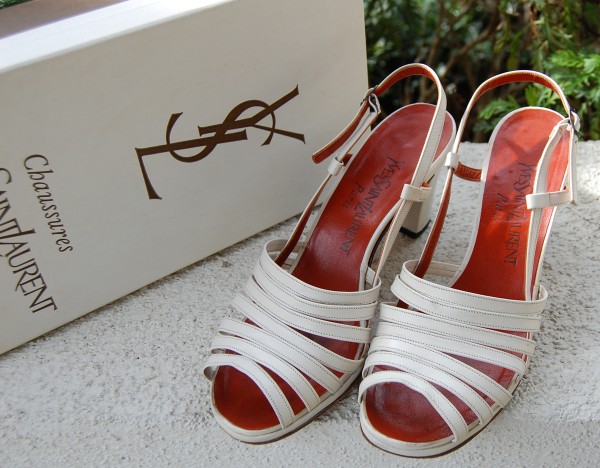
Designers put great effort into their clients, making the experience a complete luxury, including their packaging. Shoes sold without a high-quality shoebox, bag, or receipts are most likely fakes. Yves Saint Laurent shoeboxes come in a number of colors, but they all have the name in capital letters. Your shoes should also come with a shoe bag that will have the company name written on it.
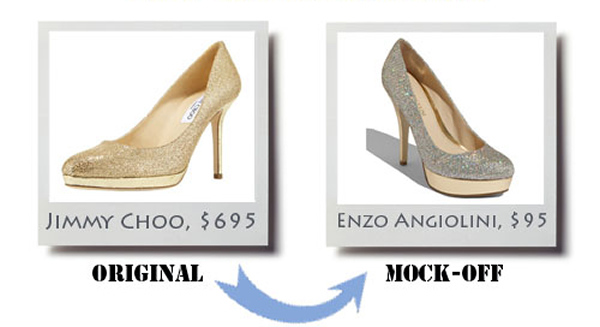
Pay attention to the price. A shoe retailed well over $1000 and sold for a mere $200; doesn’t that sound too good to be true? Because it isn’t. Manolos, Jimmy Choos, and others cost well over 200 bucks. Although shopping sales or bids on eBay could save you a hundred or two, it is unreasonable to think you’ll actually get an authentic item for only 10 or 20 percent of its retail price.
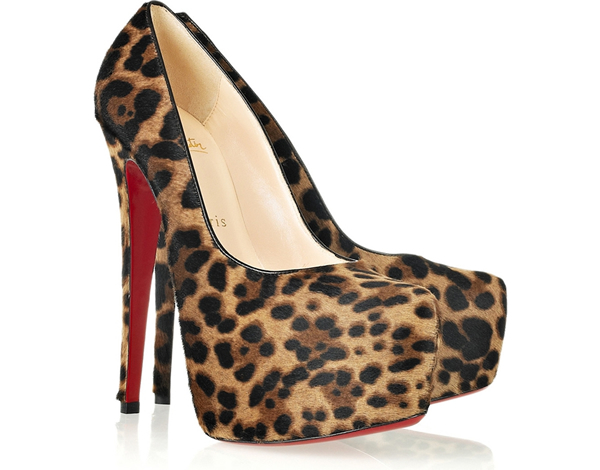
Louboutin Beauty pumps never came in chocolate brown, nor do Alexandra McQueen fold-over/zip-up booties should not have fur inserts or crystals. Unusual colors or styles of the shoes sometimes found on many sites selling fake items are pictures actually picked from online retailers like Net-a-Porter and Neiman Marcus and are Photoshopped!
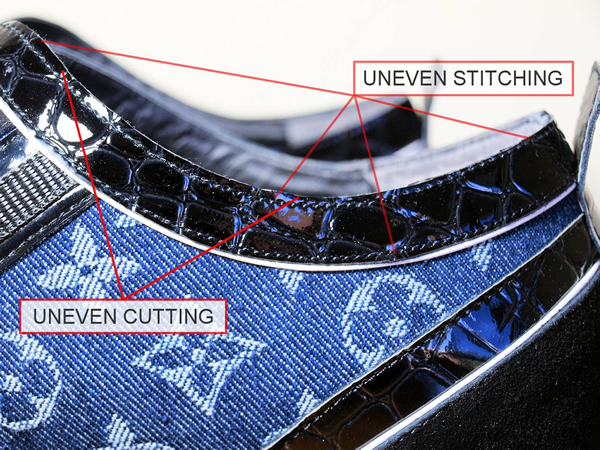
If you notice any fraying in the stitching or any bad workmanship, they are most likely not real. Authentic shoemakers pay attention to the details and do not let anything get overlooked. When you are paying for authentic branded shoes, the reason that you are paying so much is for their amazing workmanship and eye for detail.
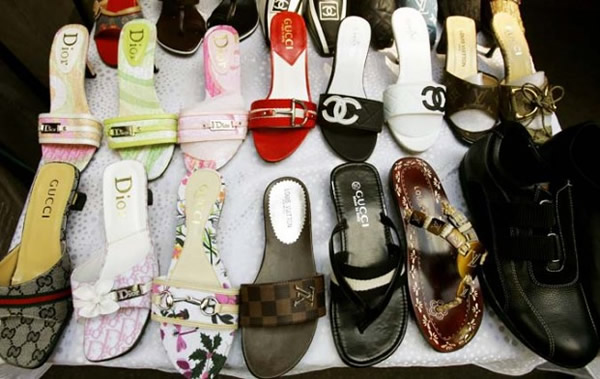
Sale location. We are not implying there aren’t any honest, reputable sellers in China, Singapore, or Hong Kong. Still, it would be better to be careful when buying items that are being shipped from these locations as they are known hotspots for fake designer items. If you notice a seller is using stock photos, says nothing about the bag being authentic, or tries to make some of the previously mentioned “excuses,” it’s time to exit the store minus the shoe.
Handbags
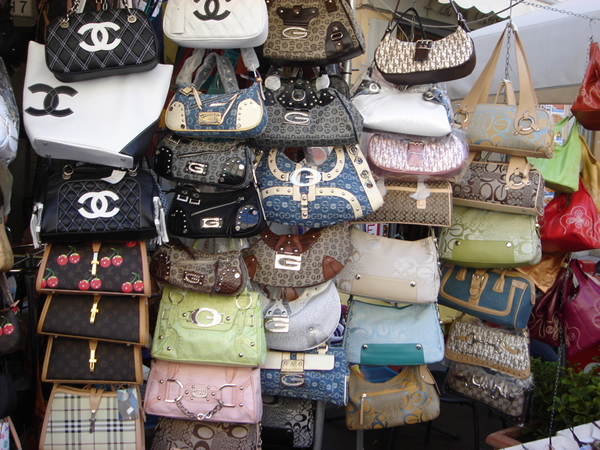
Several years ago, the easy way to spot fake designer handbags was through obvious things like flimsy buckles, cheap leather, and misspelled logos. Now, fakes are so good (and expensive) that you simply cannot tell the difference.
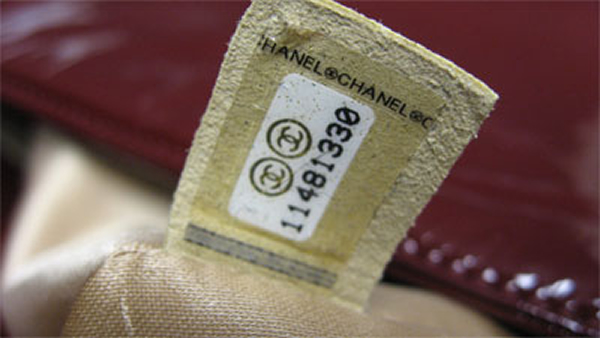
A top tip is to look for the serial code, which is often hidden on a strip of material found inside a pocket or the main compartment – this is standard practice for Louis Vuitton and Gucci bags.
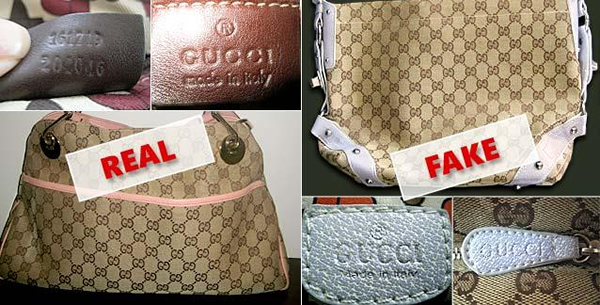
Check the material. If it’s leather, it should smell like leather. If it is supposed to be a durable canvas, it should be strong and well stitched. The material can tell you a lot about the bag’s quality.
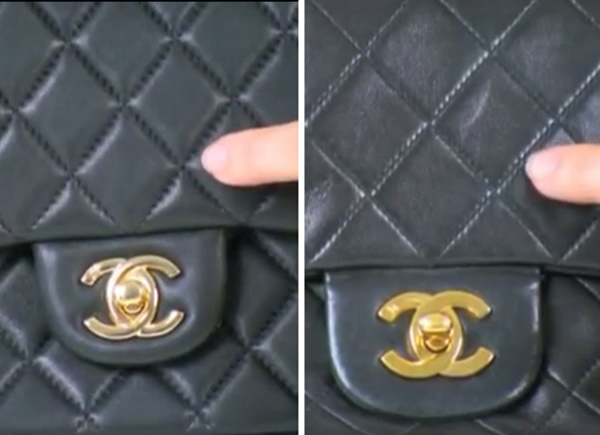
Look closely at the stitching and lining of the bag. Sloppy, slanted, and uneven stitching is a sign of a poorly made, and therefore, a fake bag. Designer bags will always have quality stitching because the quality item is part of the designer’s reputation. A real designer bag will often be lined with leather. Again, check the stitching of the lining if relevant, and observe if it is double stitching.
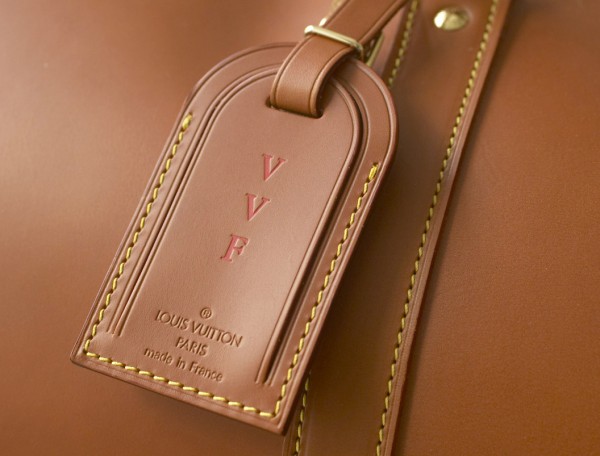
Check the tags or labels. Check the inside tags – are they stamped into leather or hand-stitched? An obvious fake will have no name on the inside tag. Check outside tags as well because many designers include authenticity labels on the outside of the bag.
Accessories- Watches & Jewelry
“It is the unseen, unforgettable, ultimate accessory of fashion that heralds your arrival and prolongs your departure.– Coco Chanel”
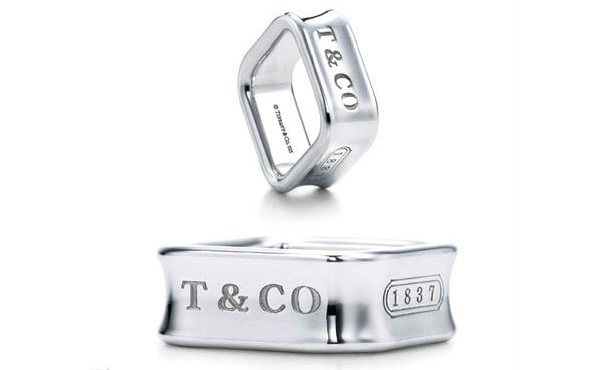
While purchasing an accessory, it is better to familiarize oneself with its collection before purchasing it. Real Tiffany & Co. jewelry has a stamp in three locations: check for a “.925” stamped on the pendant, chain, and clasp.
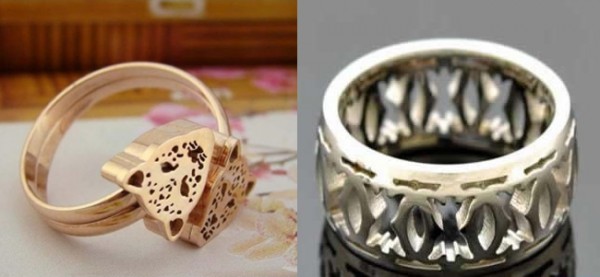
Gold, white gold, or sterling silver are meant to be heavy and not hollow or light. In most necklaces or bracelets, the pieces are not pinches; they are soldered together, which means you would not be able to see the beginning and endpoints of each link.
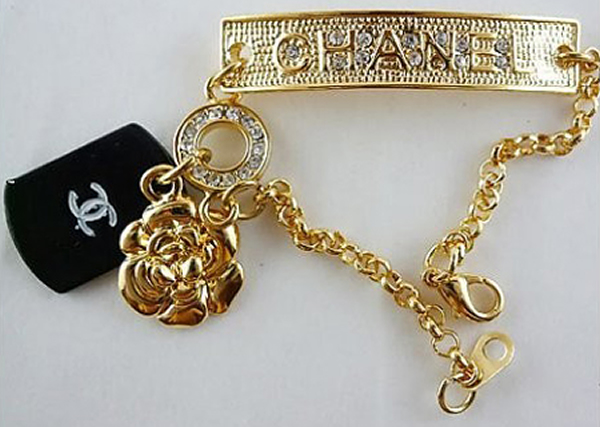
Most jewelry brands (like Chanel) usually have a stamp on it, making it an easy way to tell if it is fake if the stamp is missing. However, fake designer jewelry has just gone up in the ranks; some have even forged stamps. These stamps are usually unclear; the authentic stamps are very clear. Pay attention to the inscriptions and engravings on the face and back of the watch; an original watch will never have a smeared inscription or an unclear engraving.
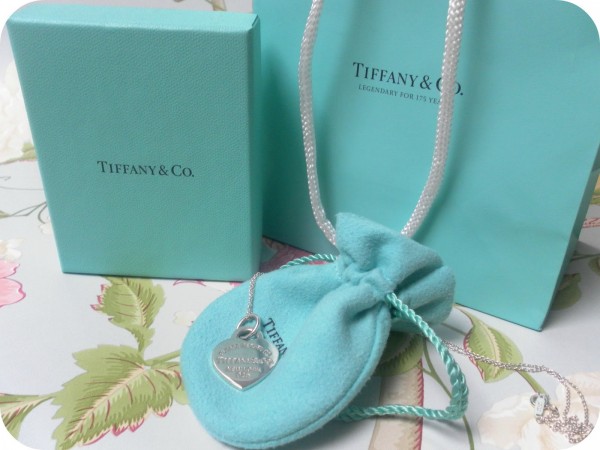
Assess the jewelry’s packaging. All Tiffany and Co. pieces come in a turquoise, velvet, drawstring bag, placed inside the trademark Tiffany and Co. box and tied with a white satin ribbon, while Vivienne Westwood jewelry comes with the box, the dust bag, and the jewelry. The tag on or near the clasp should say Vivienne Westwood, and the lettering in the tag should be of the same style and font as the packaging.
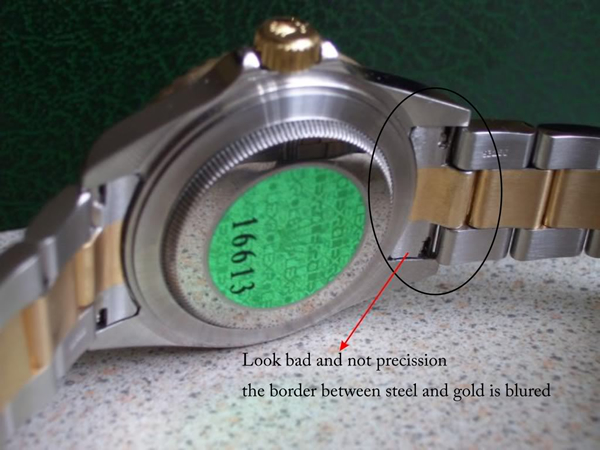
With leather strap watches, check the inside, which should read, “Made in …” while with a metal strap, ensure all the links move freely, and the clasp clicks firmly into place. If you feel you are jamming it shut, this is not a good sign.
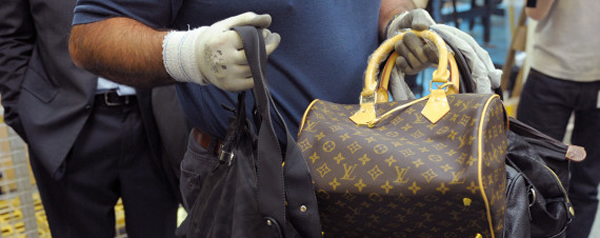
New York City is taking counterfeiting very seriously, adding a law to criminalize the buying and not just manufacture such good with a $1,000 fine and up to a year imprisonment. So though a $25 handbag sounds like a steal, add to it the $1,000 fine making the bargain sound like a sure bust!

